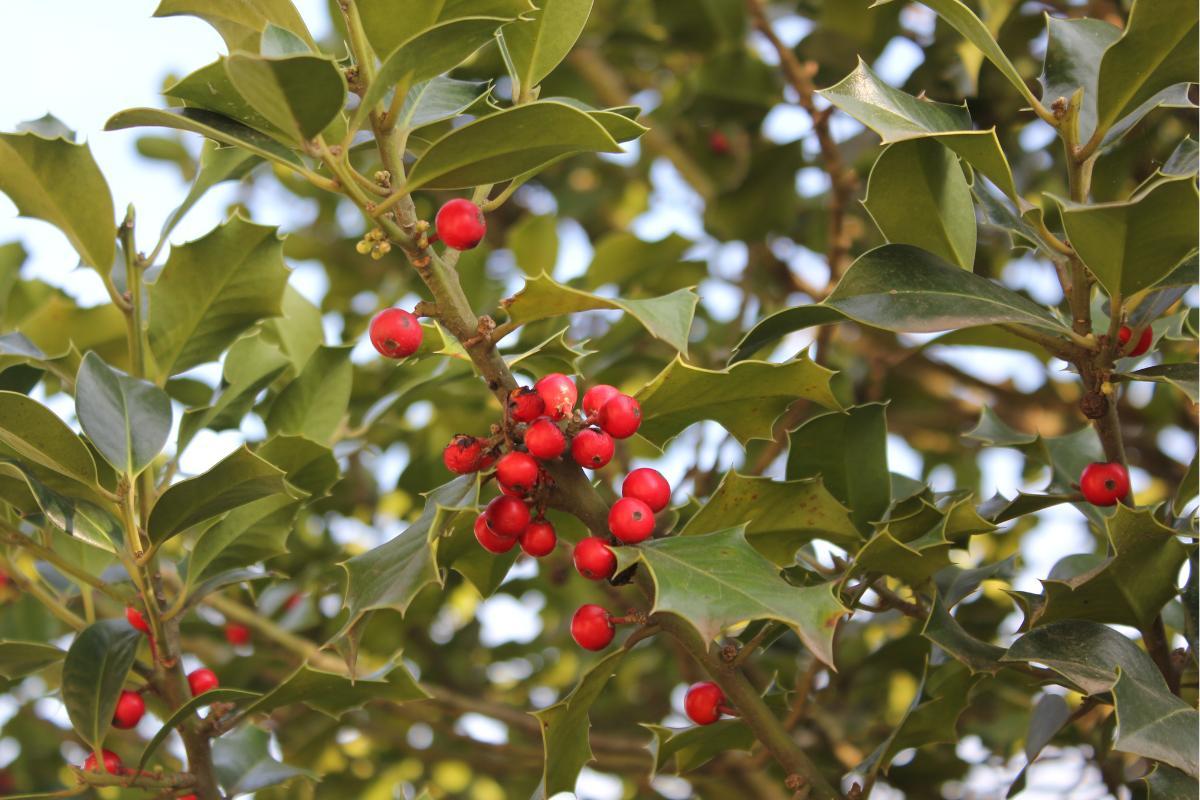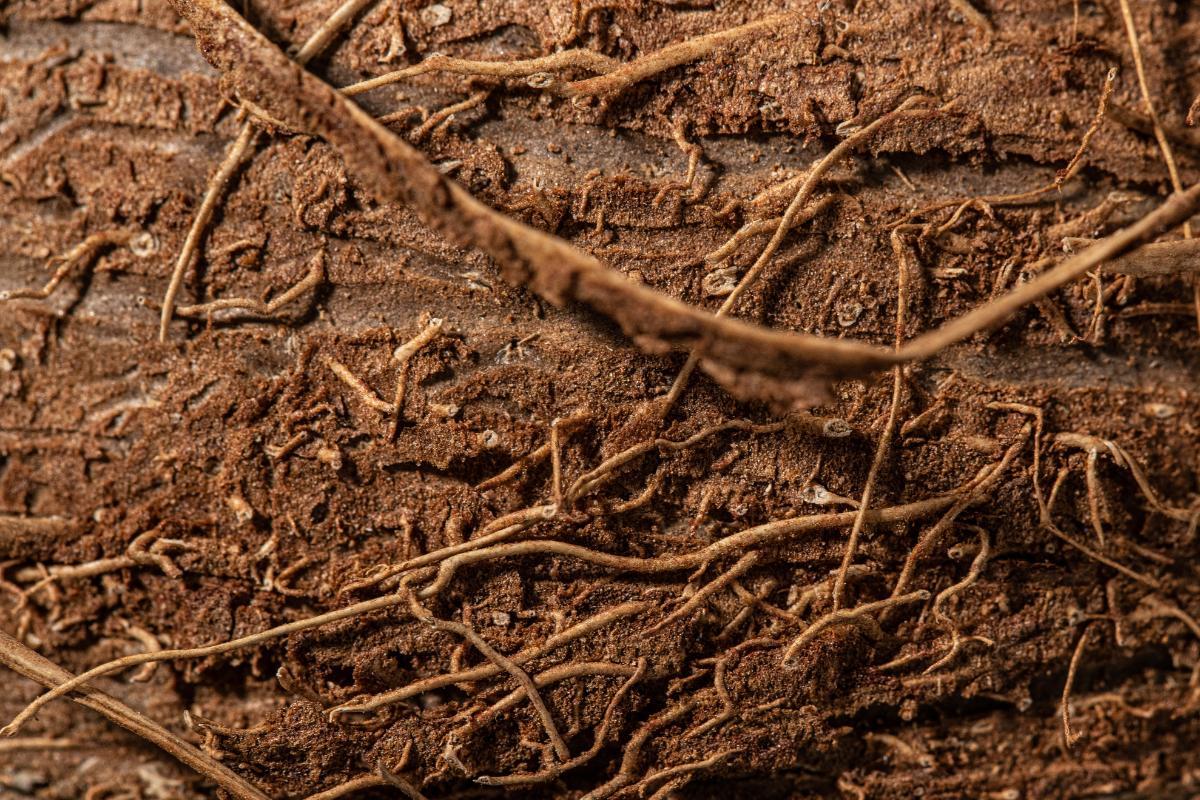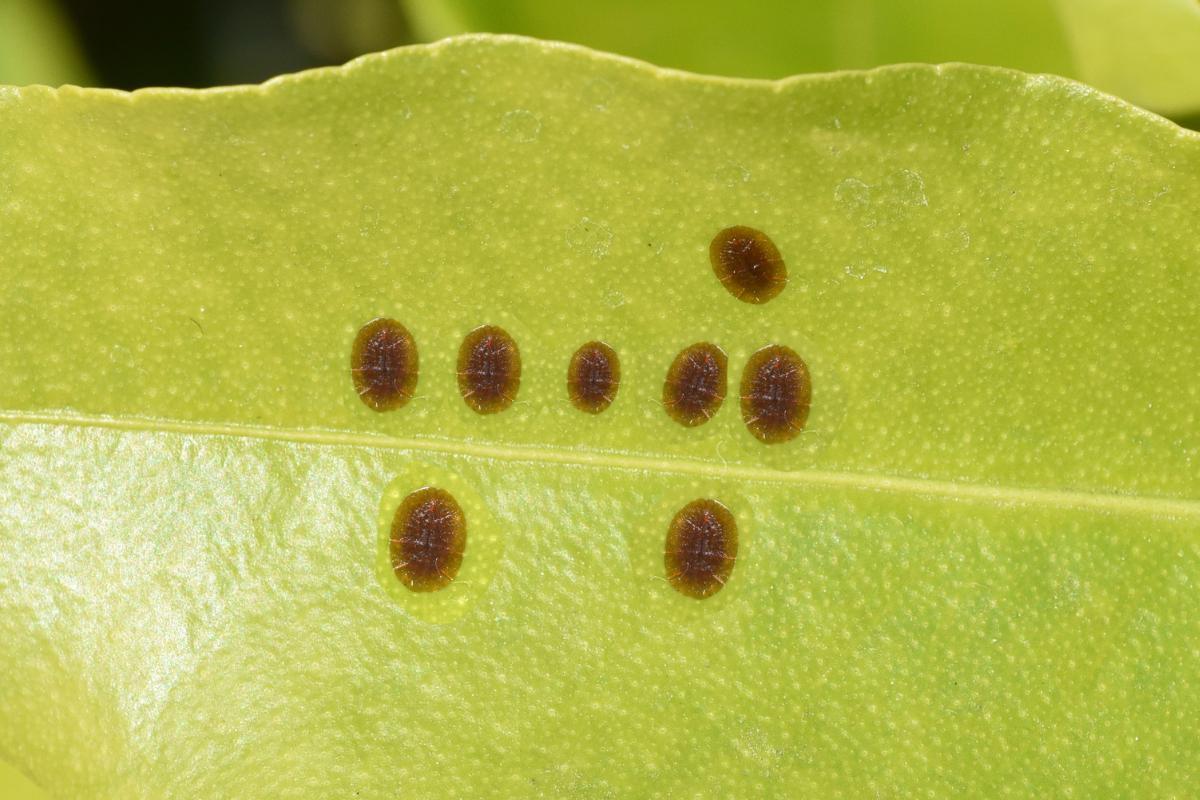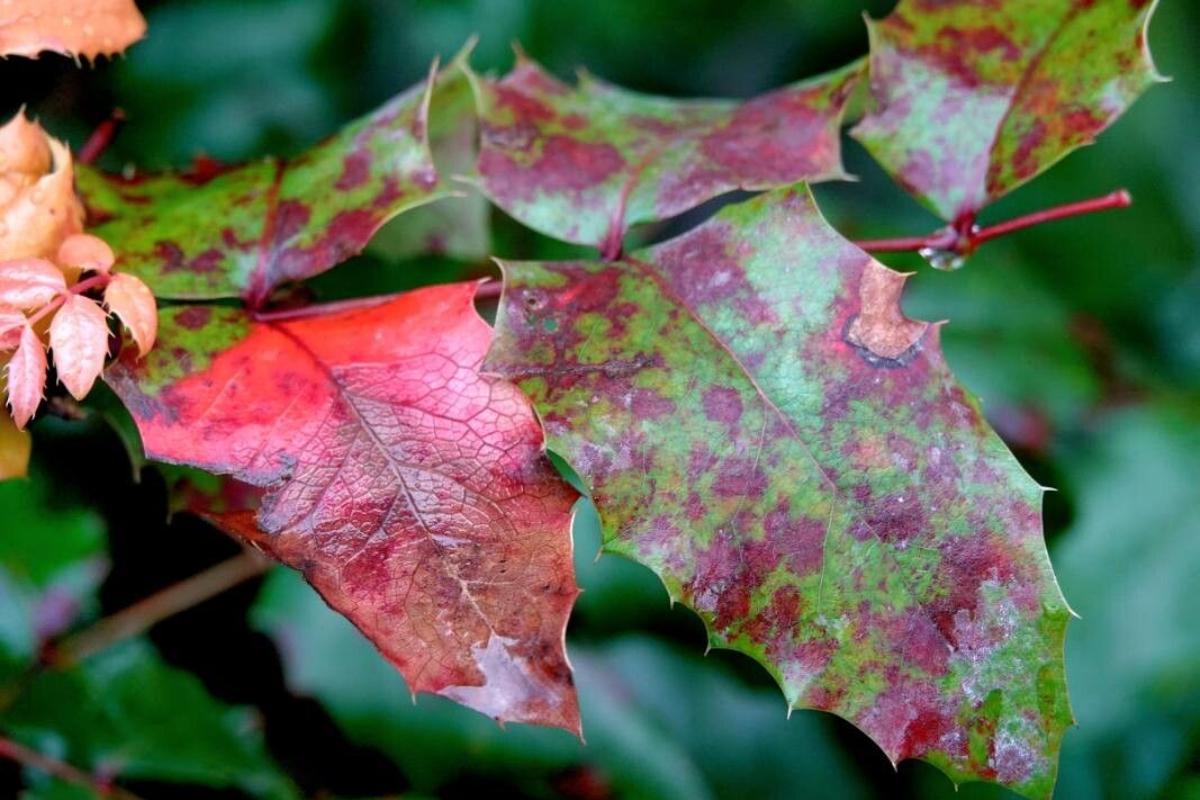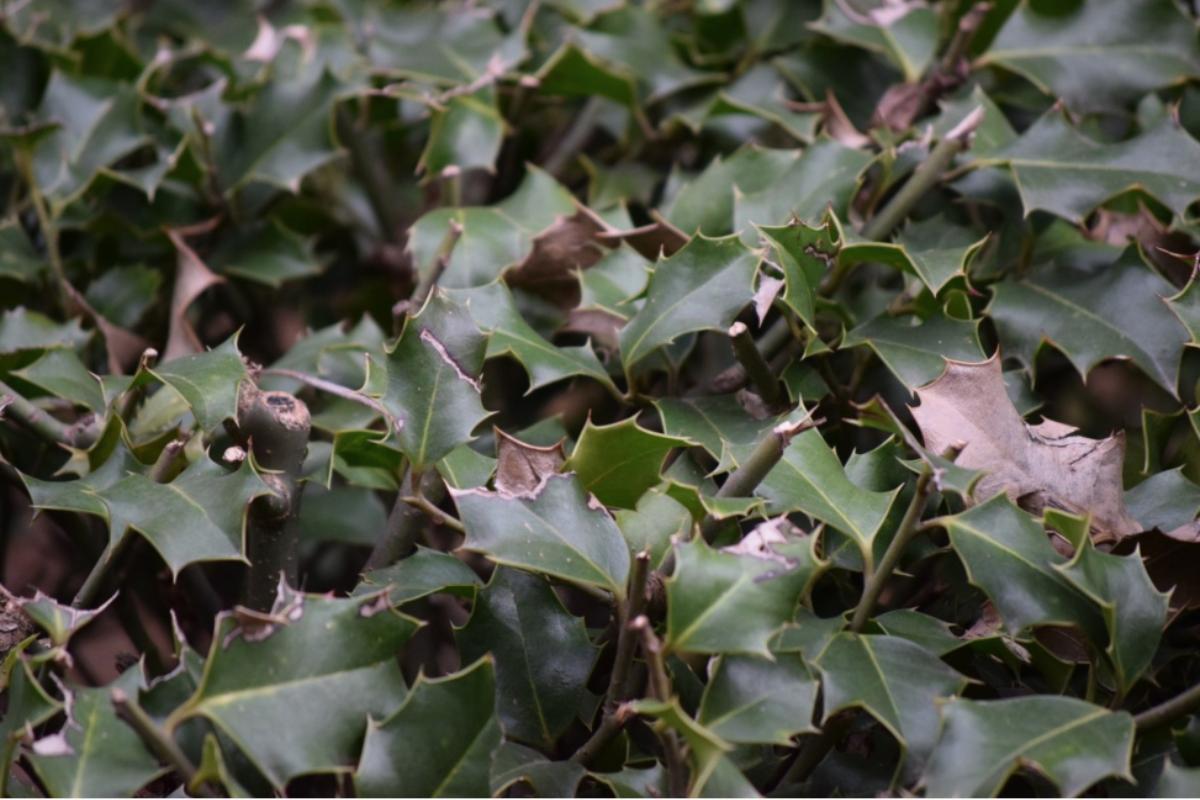Common Holly Diseases and Pests

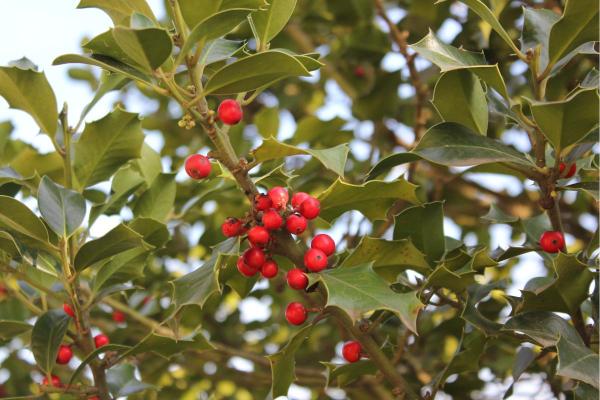
For centuries, gardeners have treasured holly for its glossy leaves and bright winter berries. These classic beauties can transform any landscape, but even these hardy plants aren't immune to trouble. Your holly might start dropping leaves, develop mysterious spots, or attract unwanted visitors that can threaten its health. If you've noticed your holly looking less than its best, you're not alone.
This article by thedailyECO, we explore the most common issues that affect holly plants, from pesky spider mites to stubborn fungal diseases. You'll learn how to spot problems early, take action when needed, and keep your holly flourishing through every season.
Root rot
Root rot in holly plants mainly happens due to too much water or poor drainage. This common holly problem starts when soil stays too wet, letting fungi like Phytophthora grow and attack the plant's roots.
You often won't notice root rot until it's severe. The main signs are leaves that wilt and twist, fewer leaves overall, and sometimes a V-shaped dark patch at the bottom of the tree. These problems show up because the damaged roots can't take in water and nutrients anymore.
It's hard to tell if the rot comes from fungi or just too much water, but the cause is always the same, too much moisture. To prevent holly plant problems like this, mix materials like gravel, vermiculite, or perlite into your soil to help water drain better.
If you find root rot, you need to act fast. Take out the sick plant and remove all the rotted parts. You'll also need to replace the soil around where the plant was, as it might contain harmful fungi. Root pruning can help with minor cases, but badly affected plants rarely survive.
To keep your holly healthy year-round, focus on good drainage. This matters even more in winter and spring when rain is frequent. Check your plants regularly for signs of problems, and make sure water doesn't pool around their roots
Preventing holly problems is easier than fixing them. If you're unsure about your soil's drainage, it's worth testing it before planting new holly bushes.
Did you know that many plant diseases share similar warning signs? Explore our orchid care guide.
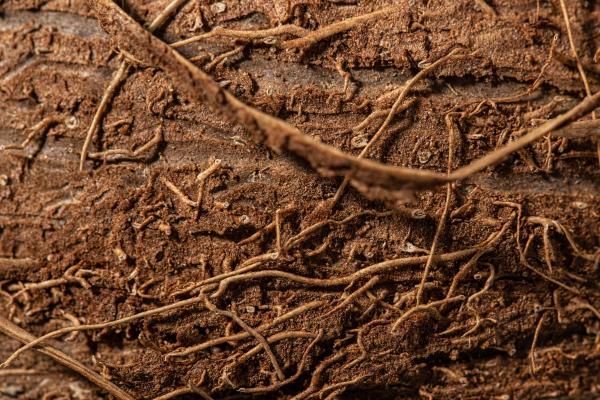
Honey fungus
Armillaria root rot or honey fungus, is a serious disease that attacks holly plants. The fungus belongs to the genus Armillaria and damages both woody parts and roots.
Looking under the bark of infected holly, you'll find a distinctive white substance. This is the fungus's mycelium growing through the plant. At the tree's base, mushrooms often appear. These fruiting bodies have the typical mushroom shape with a stem and cap, and their yellow-brown color gives the fungus its common name "honey fungus."
This root rot harms holly plants in multiple ways. The tree becomes weak overall as roots stop working properly. You'll notice parts of the tree dying, with leaves fading and turning crispy too early. The plant may stop flowering, and in severe cases, the whole plant can die suddenly.
Unlike other holly diseases, you can't treat Armillaria root rot with chemicals. The best way to protect holly plants is to put a plastic barrier in the soil around the roots. This barrier needs to go deep enough to block the fungus from spreading.
To prevent honey fungus infection, watch for these key signs:
- Yellow-brown mushrooms at the tree's base
- Unusual white growth under loose bark
- Sudden wilting or death of branches
- Early leaf drop or yellowing
Honey fungus often spreads underground from plant to plant, so checking nearby trees and shrubs matters too. This fungus can affect many different woody plants, not just holly.
Scale insects
Scale insects are common holly plant pests that attach themselves to leaves and stems.
These small insects are protected by a waxy or hard shell-like covering and feed by sucking sap from the plant. While individual scales are only a few millimeters in size, they're visible to the naked eye and have a distinctive dome-shaped appearance.
As these pests feed, they excrete a substance called honeydew, which is sticky and sweet. This honeydew can lead to sooty mold growth that further weakens the plant. When scale insects heavily infest holly plants, you'll notice:
- Slowed plant growth
- Yellowing leaves
- Branch dieback
- Black, sooty coating on leaves
Light infestations usually don't require treatment, as healthy holly plants can tolerate small scale populations. However, for severe cases, several control methods work well:
Natural control options include:
- Scraping off scales and egg masses with a soft brush
- Encouraging beneficial insects like ladybugs (lady beetles) and parasitic wasps
- Using horticultural oils during dormant seasons
For effective holly pest control, regular inspection helps catch infestations early. Scale insects often cluster along leaf veins and stems, making them easier to spot during routine plant checks.
Want to protect your citrus trees and ornamental plants? Don't miss our expert guide on defeating a common but conquerable pest, cottony cushion scales.
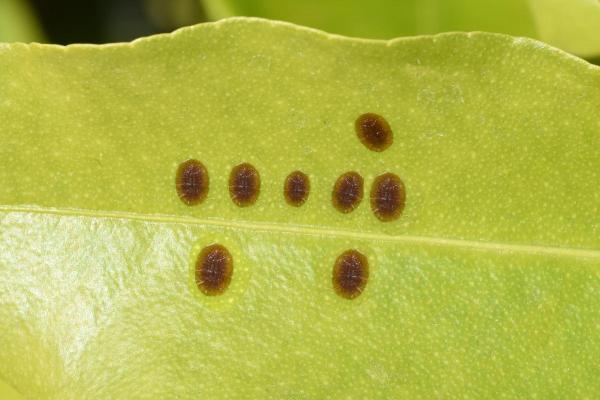
Holly leaf miner
The holly leaf miner (Phytomyza ilicis) is a common and specific pest of holly plants.
This small fly's larvae create distinctive trails or "mines" inside holly leaves, causing discolored patches that range from yellowish to white, and sometimes appear purplish. These mines are most visible in the central part of affected leaves.
The life cycle follows a specific pattern. Adult leaf miner flies lay their eggs in holly leaves during late spring (May to June). When the eggs hatch, the larvae tunnel through the leaf tissue, feeding as they go. These larvae continue developing inside the leaves until the following spring.
It's best to watch and accept small to medium levels of damage since they don't cause real harm. Only remove damaged leaves when you find just a few of them. If you see damage on more than 80% of the leaves, leave them alone. Taking off too many leaves would hurt the plant more than the leaf miners do.
Small wasps naturally help control leaf miners by feeding on their larvae, keeping numbers down in most gardens. If you need to manage these pests, focus your efforts during spring when adult flies lay their eggs, rather than trying to deal with existing leaf damage
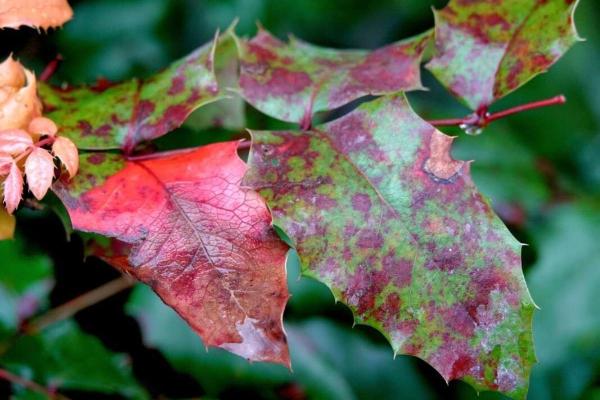
Why are my holly leaves turning brown?
Brown leaves on holly plants can occur for several reasons beyond pests and diseases. Understanding these common causes helps with proper holly tree health management.
- Excessive sunlight can burn holly leaves. While holly plants need light, too much direct sun damages their foliage. If you notice leaf browning, consider moving the plant to a spot with partial shade, especially during intense afternoon sun.
- Water issues often cause brown leaves in holly. When plants don't get enough water, their leaves turn brown and dry. However, balance is key - the soil should stay consistently moist but never waterlogged. Overwatering leads to root rot, which also causes leaf browning.
- Low humidity affects holly leaf health as well. In dry environments, leaves can turn brown at the edges and tips. While holly plants can adapt to different conditions, very dry air stresses them. Increasing humidity around the plant can help, either through gentle misting or placing the plant in a naturally more humid location.
Remember that sudden changes in growing conditions can also stress holly plants and cause leaf browning. Making gradual adjustments helps prevent shock to the plant.

How to bring holly plant back to life?
When your holly shows signs of problems, here are proven steps to help it recover:
First, remove damaged or infected leaves to prevent problems from spreading. However, only do this when the damage is limited. Do not remove too many leaves at once.
Soil quality matters greatly for holly health. A well-draining potting mix works best. Mix equal parts organic matter (such as compost or leaf mold) with sharp sand or perlite to ensure good drainage while retaining moisture.
Holly trees naturally grow outdoors, so they need seasonal temperature changes and proper light exposure to thrive. If you've been keeping a holly indoors, gradually move it outside to prevent shock. These plants need some sun, but often do better with partial shade in hot areas.
For pest control, start with the gentlest effective method. Before using chemical pesticides, try natural solutions like insecticidal soaps or beneficial insects. Only use stronger pesticides as a last resort when infestations are severe.
Finally, water management is crucial. Keep the soil consistently moist but never waterlogged. Check the top inch of soil, when it starts to feel dry, it's time to water thoroughly. Adding a layer of mulch helps maintain steady moisture levels.
Struggling with browning tropical plants? Explore our guide to keeping indoor palms healthy and vibrant.
If you want to read similar articles to Common Holly Diseases and Pests, we recommend you visit our Plant care and cultivation category.
- American Holly Society. (2023). Holly Care Guide. https://www.hollysocam.org/
- Patton, A., & McNeill, B. (2023). Holly Diseases and Their Control (FSA7532). University of Arkansas Cooperative Extension. https://www.uaex.edu/publications/
- Hartman, J., & Witt, M. (2022). Holly Diseases in the Landscape (PPFS-OR-W-04). University of Kentucky Plant Pathology Extension. http://plantpathology.ca.uky.edu/





